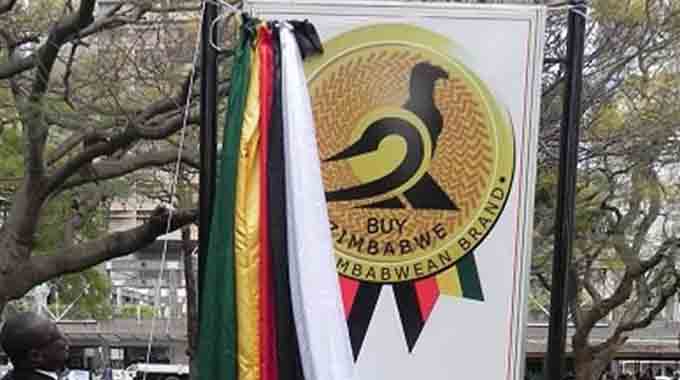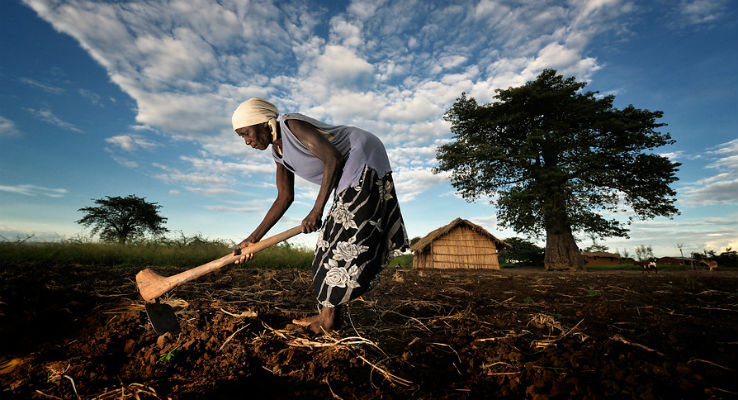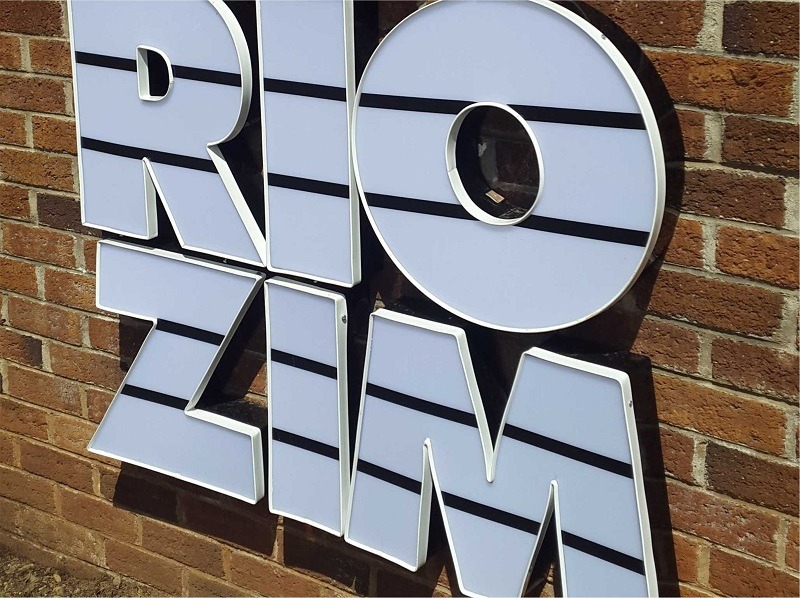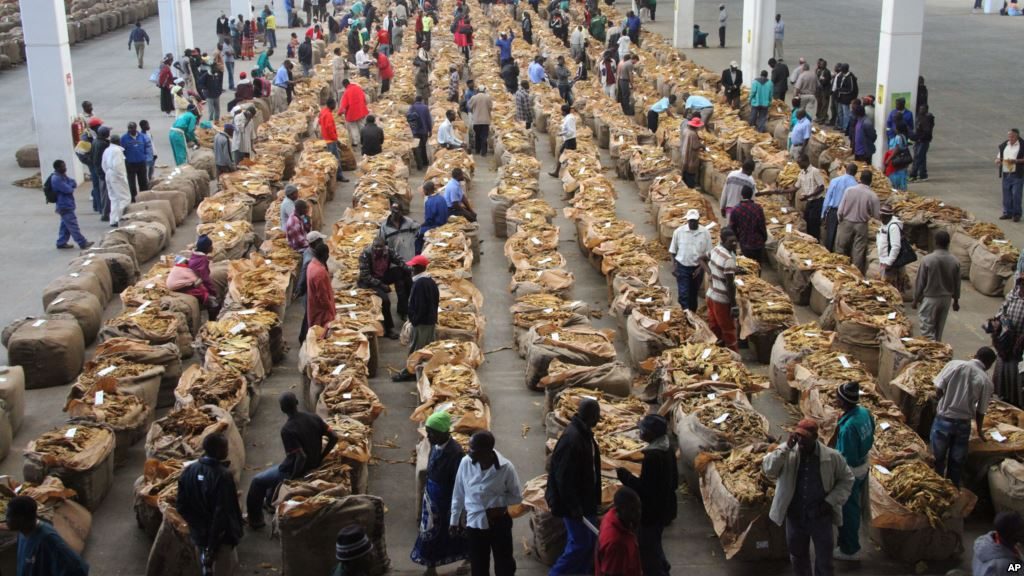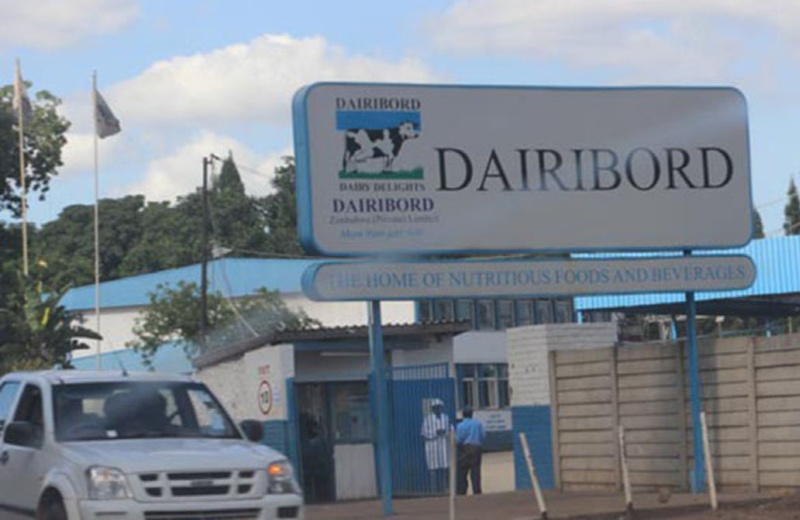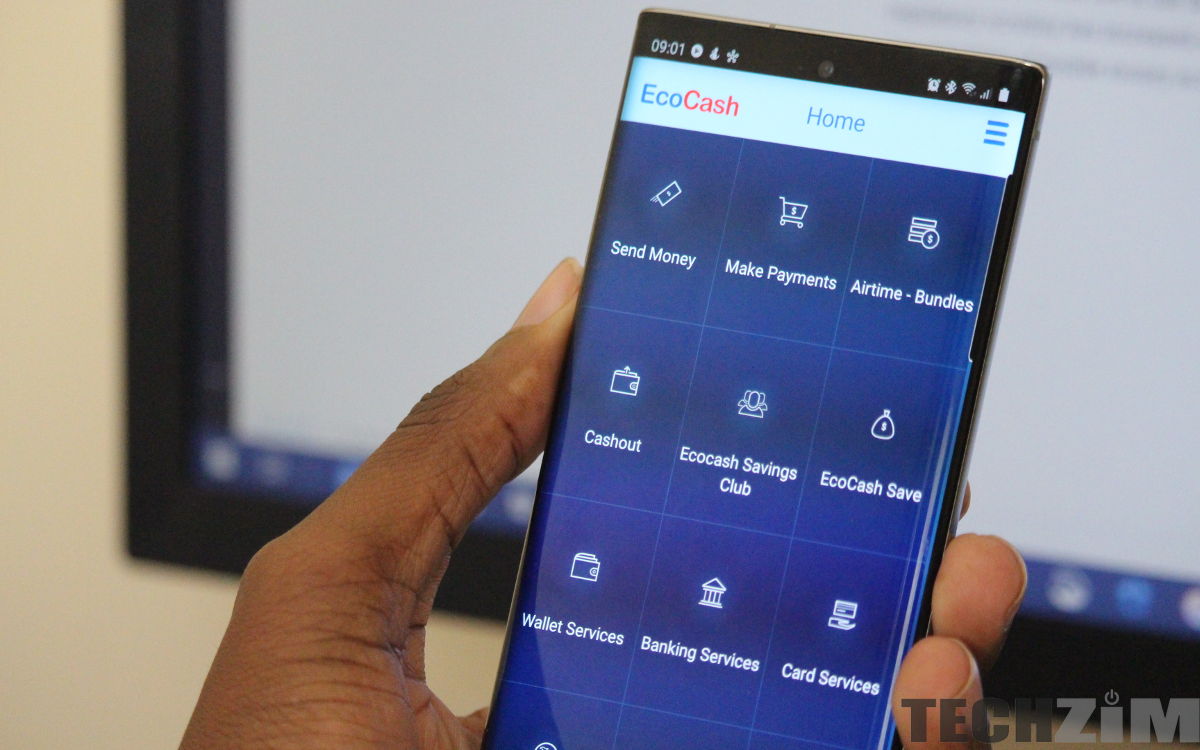Ariston Holdings F24: Growing Crops, Bleeding Cash
HARARE – Ariston Holdings’ delayed F24 September financials read like a paradox. The group reported a 9% rise in revenue and a 29% decrease in after-tax losses, showcasing enhanced operational efficiencies and favorable trends in the macadamia market. However, despite these promising signs, the company continues to grapple with significant financial challenges. Rather than simply being affected by external factors, Ariston is exposing serious underlying issues—most glaringly, a cash crisis masked by a veneer of cautious optimism.
The group recorded a revenue of US$7.07 million primarily attributed to enhanced production volumes and improved selling prices of macadamia nuts, a key product for the company. However, this growth came with its fair share of hurdles. Costs of production rose by 3%, which led to a gross loss of US$1,389,028 for the year. The increase in production costs, driven by higher prices for fertilizers, electricity, and crop chemicals, emphasized the ongoing need for effective cost management strategies within the company.
Macadamia production is Ariston’s crown jewel. Volumes grew 3%, and prices surged 13%. The group even installed a quality-scanning machine to better price exports—a clever move that reflects strategic thinking. And yet, profitability remains elusive. Why? Because the structural cost base is too high. Even with better prices, margins are being eroded by operational inefficiencies and forex-linked input costs. Furthermore, macadamia trees are a long-term investment. The benefits from increased global demand will take time to mature. Ariston doesn’t have the luxury of time—it needs immediate liquidity, not just future promise.
The tea segment is a curious case. Volumes rose a healthy 26%, but export sales fell sharply due to a 21% drop in global prices. Ariston wisely pivoted to the local market, where demand was robust and margins were stronger. The result? A 0.3% drop in overall tea revenue—a minor sacrifice given the broader collapse in export income.
This shift is telling. It exposes Zimbabwe’s vulnerability to global commodity pricing and the importance of strengthening domestic demand. But it also shows that Ariston can adapt, if only it had the capital and breathing room to do so on a larger scale.
It’s tempting to applaud the 29% reduction in loss—from US$6 million in 2023 to US$4.3 million in 2024. But context matters. The “improvement” is largely the result of reduced exchange losses and the absence of hyperinflation adjustments post-ZWL. Operationally, Ariston remains in the red.
The EBITDA loss (excluding fair value adjustments) of US$3.7 million is a significant blow for a company of this scale. The gross loss of US$1.4 million, despite increased revenue, confirms that improved topline performance is being swallowed whole by production costs. Fertilizers, electricity, and chemicals continue to outpace price gains—proving that volume alone won’t save Ariston.
Yes, fair value adjustments (mostly from biological assets) helped soften the operating loss. But these are non-cash, book-entry gains. They don’t put diesel in tractors or pay irrigation bills. They flatter the income statement but do little to resolve the real problem: an undercapitalised business struggling to monetise its assets in a hostile environment.
Ariston’s liquidity position is dire. By the end of F24, current liabilities (US$9.5 million) exceeded current assets (US$6.3 million) by a yawning US$3.2 million. This imbalance is not simply a hiccup—it’s a warning bell. In an agricultural business where seasonality demands robust working capital buffers, a negative working capital of this magnitude speaks volumes.
Some may argue that the imbalance is temporary. Indeed, US$2.1 million of short-term loans were restructured post year-end, with maturity extended to 2026. An additional US$453,660 was repaid. But this points to a more sobering truth: Ariston is walking a financial tightrope, juggling maturities and repayments just to stay solvent. The fact that the company had only US$16,632 in cash at year-end—down from US$107,158 in 2023 and US$359,880 in 2022—makes this precarious balancing act even more perilous.
Cash flow from operating activities was just US$71,997. That barely covers one month of payroll for a company of Ariston’s scale. It’s a staggering figure when set against a backdrop of increasing input costs, unreliable rainfall, and fluctuating export markets. The Group is functionally illiquid, and its survival hinges on continuous access to debt markets—an unsustainable long-term strategy in a high-risk jurisdiction.
Ariston’s borrowings ballooned from US$7 million in 2023 to US$9.2 million in 2024. The composition of this debt raises further alarms: 67% of it is from related parties, secured by mortgage bonds over core estates like Clearwater. The average bank interest rate is 13%, but related party loans come at 6%. It’s a patchwork of funding held together by internal networks—not by a compelling financial story.
The worrying part isn’t just the size of the debt—it’s the trend. The group is consistently refinancing short-term obligations instead of addressing the root causes of its cash flow constraints. Repayments are being funded by new loans. In the absence of improved profitability or capital injection, this is nothing more than financial cannibalism.
Let’s be clear: Ariston is not a highly-leveraged business by conventional gearing ratios. But its dependence on debt for basic operational continuity, not growth, reveals a company surviving on borrowed breath. That the company had to defer dividends again to preserve liquidity is no longer a conservative decision, it’s a necessary one.
Ariston has taken commendable steps toward energy efficiency. The solar installation at Southdown Estate is already yielding cost savings and reducing reliance on expensive generators. More installations are planned. This is forward-thinking. It’s also slow-moving and capital-intensive.
The irony is brutal: Ariston is doing the right things (solar power, irrigation infrastructure, quality control) but doesn’t have the financial headroom to fully reap the benefits. Its strategy is solid; its liquidity position is not. As a result, long-term plans are being suffocated by short-term fires.
The departure of long-serving CEO Paul Spear could have been destabilizing. His retention as a consultant was a prudent move, especially given his pioneering work in macadamia exports. New CEO Leon Nortier brings experience, but his biggest challenge won’t be farming—it’ll be funding. This leadership transition comes at a critical time. The next 12 months will determine whether Ariston can stabilise or spiral deeper into debt dependence.
Ariston’s 2024 results are a sobering mix of strategic clarity and financial fragility. It is a business with real potential, undermined by chronic undercapitalisation, liquidity strain, and a borrowing pattern that resembles life support more than leverage.
This is not a company that should be failing. It grows globally demanded crops. It has invested in quality and sustainability. It understands its markets. But until its financing structure matches its ambitions, Ariston will remain what it is today: a company with great crops—and greater cash problems.-finx



